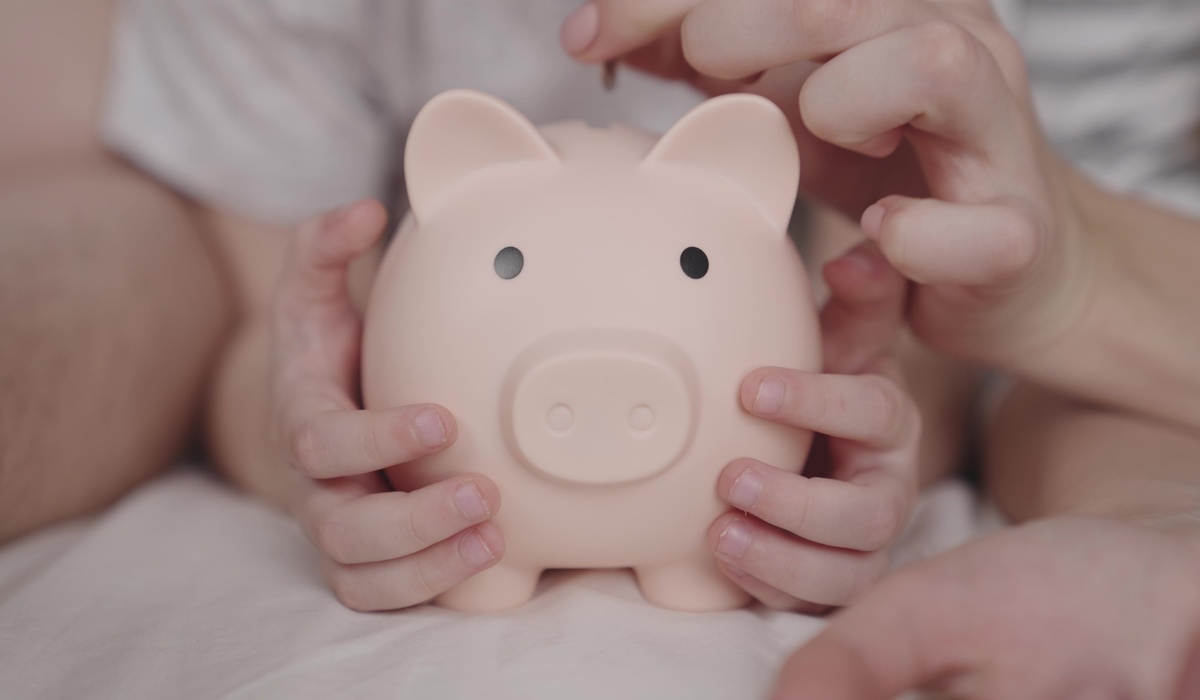EU Law, “Last Substantial Transformation,” and the Truth Behind Luxury Labels
- TDS News
- Business
- Trending News
- June 8, 2025

For years, European luxury brands have built empires on the illusion of exclusivity, craftsmanship, and cultural heritage. The sleek “Made in Italy” or “Made in France” tags stitched into designer handbags, shoes, and garments became synonymous with centuries-old artisanal tradition. But what if the hands that actually made those products weren’t Italian or French—but Chinese?
At the heart of this illusion is a little-known but powerful regulation called the “last substantial transformation” rule—part of the European Union’s customs and origin laws. It’s a loophole that has allowed luxury fashion houses to charge astronomical prices for goods that are largely manufactured in China, Vietnam, or Bangladesh, while legally claiming European origin. The law is now facing increased scrutiny as Chinese craftsmanship has reached, and in many cases, surpassed, the quality of European artisanship.
Under EU law, the origin of a product can be determined not by where most of the manufacturing took place, but rather where the last economically justified and significant processing occurred. This is known as “last substantial transformation.”
In practical terms, if a handbag is 90% made in China—stitched, assembled, painted—but the strap is attached or the zipper is added in Italy, the product can legally be labeled “Made in Italy.” As long as the final step involves some skilled labor and changes the product’s classification or functionality, it qualifies.
This has allowed major luxury houses to outsource the bulk of their labor to countries with significantly lower wages while still maintaining the illusion of a European-made good. With this trick, they can justify sky-high prices and preserve the brand mystique.
The answer is brutally simple: profit margins.
Labor costs in China are a fraction of those in Europe. In some provinces, a skilled leather worker might earn a fraction of what an Italian artisan makes. For luxury conglomerates, moving the bulk of production overseas means keeping costs down while charging premium prices.
Consumers have been paying thousands for “Italian” handbags that are, in essence, Chinese-made. The brands hide behind legal technicalities and ambiguous labeling, leaving the buyer none the wiser.
But the game is starting to change—and China isn’t just the cheap factory anymore.
Once dismissed as the “world’s sweatshop,” China has undergone a seismic shift in the last two decades. Factories in Guangdong, Zhejiang, and Fujian now employ generations of highly skilled artisans, many of whom have been trained by former European craftspeople or have refined their own methods beyond traditional Western standards.
Some of the best embroidery, tailoring, hand-painting, and leatherworking in the world is now done in China. European fashion insiders know this, and some have even relocated entire production lines to Chinese ateliers—quietly, of course.
In fact, luxury brands often don’t want to admit how much they depend on Chinese excellence. Not only would it dent their “Made in Europe” narrative, but it would also highlight an inconvenient truth: European prestige is often resting on Chinese hands.
As transparency in fashion becomes more of a public demand, and as consumer skepticism toward inflated luxury pricing grows, EU laws like “last substantial transformation” are under increased scrutiny. Watchdogs, ethical fashion advocates, and even politicians are calling for stricter origin rules, clearer labeling, and more accountability in the fashion supply chain.
At the same time, China is rising as a luxury player in its own right—not just as a manufacturing base but as a source of luxury brands with their own rich artistic heritage. Labels like Icicle and Shang Xia (backed by Hermès) are flipping the script, branding themselves proudly as “Made in China” with no apology.
We’re witnessing a tectonic shift in global perception. The old belief that luxury only flows from European hands is dying. Consumers are becoming more educated. Supply chains are being exposed. Chinese artisans are not just catching up—they’ve already taken the lead in many sectors.
Luxury brands can no longer coast on empty slogans and colonial fantasies of European superiority. If a product is made in China—by highly trained artisans using the best materials—then it deserves recognition and respect, not erasure behind a false flag of “Made in Italy.”
The EU’s “last substantial transformation” rule was designed for bureaucratic convenience, but it has become a legal smoke screen. As globalization matures and craftsmanship is no longer defined by borders, this rule may soon find itself in the dustbin of outdated policies.
Luxury must either evolve—or finally be exposed.








